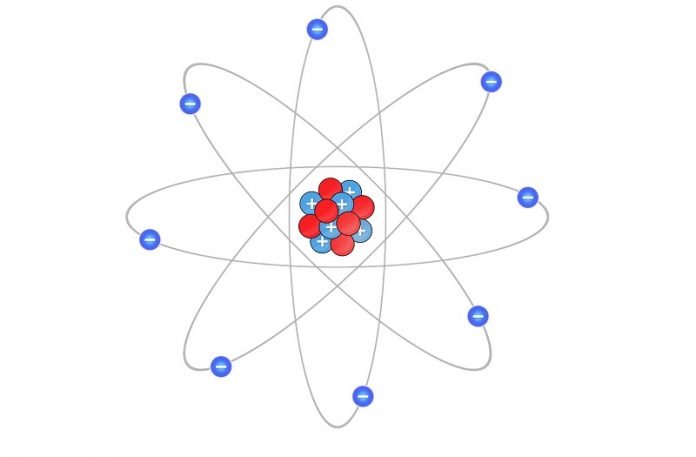
Is hydrogen the answer to our energy needs? An aerospace and mechanical engineer explains how to bring this fuel down to Earth.
The hydrogen fuel that launches NASA rockets into space and provides electrical power via fuel cells produces only one waste product: water so pure the astronaut crew can drink it.
Here on Earth, the first cars powered by hydrogen fuel cells hit the market in 2015, promising cleaner air and a healthier planet.
But if you have yet to see one on the road, you’re not alone. There are fewer than 7,000 in the U.S. So why hasn’t hydrogen gone mainstream as an alternative to gasoline-powered engines?
Paul Ronney, a USC Viterbi School of Engineering professor of aerospace and mechanical engineering who studies combustion and propulsion, says hydrogen has some barriers before it, including efficiency and cost.
He is studying what it would take to overcome some of them. Here, he brings us up to speed on the role of hydrogen in the field of alternative fuels.
What benefits do hydrogen fuel cell-powered cars offer?
They don’t emit greenhouse gases from the tailpipe, so they can reduce pollution in urban areas with poor air circulation, like Southern California in the U.S. and many large cities in India and China.
Hydrogen-fueled cars sound squeaky clean. Why aren’t we all driving them?
There’s virtually no pure hydrogen on Earth because it’s so reactive.
Most hydrogen is made from methane [natural gas] in a process that produces carbon dioxide and other greenhouse gases. Hydrogen can also be made from water using electrolysis, but that requires electrical energy. To get that, we’re back to burning fossil fuels.
Can hydrogen be made without creating greenhouse gases?
Solar-based electricity can be used to split water into hydrogen and oxygen using electrolysis.
Since solar provides only a fraction of the total electricity generated in the U.S., diverting solar-based electricity to make hydrogen doesn’t reduce greenhouse gas emissions. That could change if solar-based electricity is ramped up in the future.
Hydrogen is only as clean as the energy used to produce it. Are there other limitations?
Hydrogen in vehicles must be compressed in expensive high-pressure tanks, which requires — you guessed it — energy.
Current hydrogen vehicles use fuel cells to convert the chemical energy to power. Fuel cells are very costly because they are complex and require expensive materials such as platinum.
Can we get around that?
Fuel cells are appealing because, in theory, they overcome efficiency limitations associated with traditional internal combustion engines.
Think of the energy wasted as heat and noise in a traditional vehicle. While many scientists are exploring ways to make cheaper fuel cells, my research takes a different approach: improving the feasibility of internal combustion engines that use hydrogen.
What are the advantages of burning hydrogen?
First and foremost, internal combustion engines are cheap to make and can easily be modified to run on hydrogen.
As with fuel cells, the main waste product is water, not carbon dioxide. Also, unlike gasoline, hydrogen burns well in “fuel-lean conditions,” where there’s a lot more oxygen than fuel. That’s good for fuel efficiency and also vastly reduces nitrogen oxide emissions.
How about using hydrogen in stationary applications?
The transportation sector has been asked to bear the brunt of the responsibility for reducing greenhouse gases even though it contributes only one-third.
If we’re serious about tackling climate change we need to move away from fossil fuels in non-vehicle applications also.
The idea of piping hydrogen into homes or businesses seems far-fetched, but it is possible.
The current liquid natural gas infrastructure could be modified for hydrogen.
The flammability of hydrogen presents safety concerns, but with the right provisions, these concerns can be mitigated — electricity is dangerous, yet we’re all using that.
Written by Sarah Nightingale.



